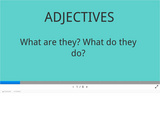
Students will be able to explain what an adjective is.
- Subject:
- Education
- Elementary Education
- Material Type:
- Interactive
- Provider:
- Michigan Virtual
- Date Added:
- 12/12/2018

Students will be able to explain what an adjective is.
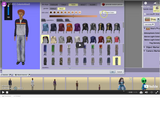
Interactive video showing how adjust colors in Alice using RGB.

Students will be creating a virtual collage of their summer using canva.com. They will be able to upload pictures of their own or use stock photos on the site, use a background, and include text telling a little bit about their summer through labels.
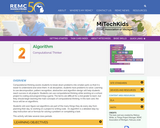
Students will soon figure out algorithms are part of the many things they do everyday from planning their day, working on a project to writing code. An algorithm is a detailed step-by-step instruction set or formula for solving a problem or completing a task.

Dialog cards reviewing the terms essential to understanding and success when working in Alice.
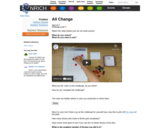
At the basic level, these Nrich challenges offer chances for children to practice number recognition, one-to-one correspondence and counting. However, some will begin to analyze and compare the three versions, explaining their findings and possibly drawing on ideas associated with probability.

Alquimétricos is a collection of open source didactic toys: building blocks to mount structures and learn-while-playing about geometry, maths, architecture, mechanics, physics, chemistry, and much more. The initiative is focused on the design of DIY educational materials which are meant to be produced using a wide range of procedures, from ultra-low-cost-low-tech tool set (scissors and nails) to high-end-FabLab-standards (laser cutter, CNC milling, 3D printing), using an equally wide ranged material sort, including recycled packaging plastics, rubbers, cloths and cardboard composites throughout textile-embedded polymers, organic fibers or even lab-harvested fungus. Alquimétricos are meant to play, learn and share.
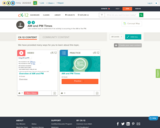
This short video and interactive assessment activity is designed to teach second graders an overview of am and pm.
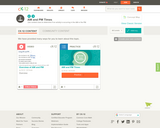
This short video and interactive assessment activity is designed to teach second graders an overview of am and pm.
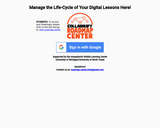
This particular roadmap features all of the COLLABORATIVE designed activities for the "Ancient Civilizations Roadmap Unit View (revised)" resource. You could distribute this roadmap to students for work that they complete synchronously with partner(s) as part of their learning path in the unit map.
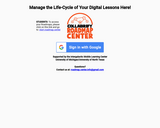
This particular roadmap features all of the SOLO designed activities for the "Ancient Civilizations Roadmap Unit View (revised)" resource. You could distribute this roadmap to students for work that they complete independently, as part of their learning path in the unit map.
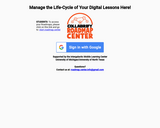
Compare and contrast writing for English Learners using social studies content. Scaffolds include multimedia support, partner work, jigsaw protocol and sentence frames. This roadmap presents the UNIT view (including solo and collaborative tasks). There are two additional roadmaps for distribution that would be helpful when teaching the unit - Ancient Civilizations Roadmap- Solo Activities + Ancient Civilizations Roadmap- Collaborative Activities.
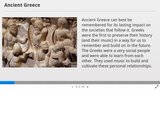
Slideshow of ancient Greece

Short sentence questionnaire on ancient times
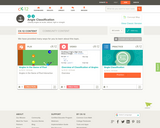
This short video and interactive assessment activity is designed to give fourth graders an overview of classification of angles.
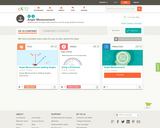
This short video and interactive assessment activity is designed to give fourth graders an overview of measurement of angles.
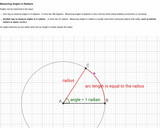
The students will be able to define the radian measure of an angle.
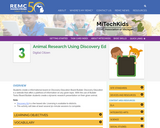
Students create a informational board on Discovery Education Board Builder. Discovery Education is a website that offers a plethora of information on any given topic. With the use of Builder Tools/Board Builder students create a dynamic research presentation on their given animal.

It is a fun skill to be able to identify animal tracks. Every animal has their own unique track they leave in the sand or snow. Using Peep and the Big Wide World, students will learn about different animals and the tracks they make.

This short video and interactive assessment activity is designed to teach fifth graders about total distance without unit conversion (metric units).